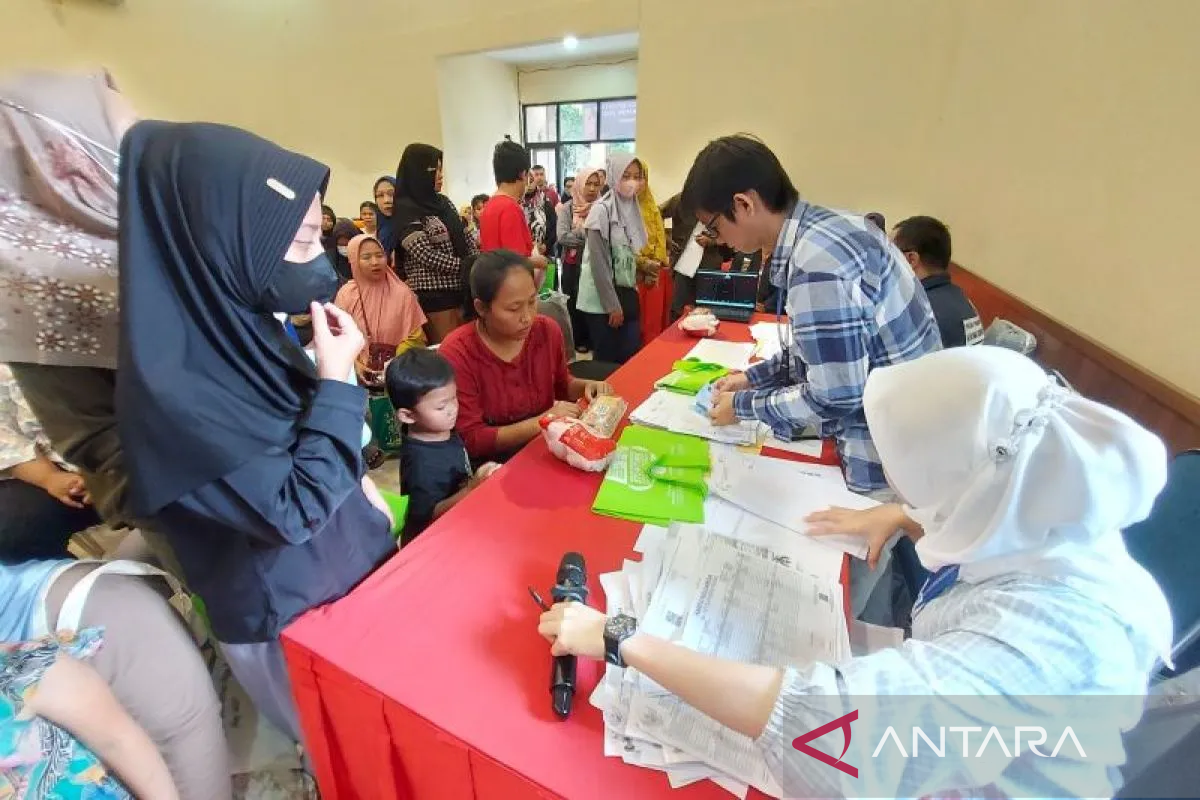Jakarta (ANTARA) - The National Population and Family Planning Agency (BKKBN) said that stunting intervention must be carried out from the upstream, particularly during the first 1,000 days of life.Deputy for toddler and children family guidance at the BKKBN, Irma Ardiana, said that the intervention must be undertaken from upstream because indications of stunting can be seen in children from birth.
Deputy for toddler and children family guidance at the BKKBN, Irma Ardiana, said that the intervention must be undertaken from upstream because indications of stunting can be seen in children from birth.
"Thus, the intervention should be carried out earlier, from upstream, the first 1,000 days of life, including from the woman's pregnancy until the baby is two years old,” she said in a statement released by the BKKBN here on Monday.
She emphasized the importance of planning and budgeting for toddler family guidance (BKB) activities in regional planning and development conferences (musrenbang) so that stunting handling can continue to be monitored.
"Pantau BKB-Mu (Monitor Your BKB) is an acronym for the planning and budgeting of BKB activities since the village musrenbang, the aim of which is to help village heads achieve the nine indicators in Pantau BKB-Mu which are recorded through data," she said.
Based on Presidential Regulation Number 72 of 2021 on Stunting Reduction Acceleration, BKKBN has mapped nine indicators for villages and studied their achievement in 2023.
"We will highlight several things in the indicators of stunting-free villages. The hope is that in 2024, there is no (village with) stunting prevalence that is above 3.4 percent, even though currently, it is still far from the target," Ardiana informed.
She highlighted the fifth indicator, under which villages are expected to increase village fund allocations for specific and sensitive interventions to accelerate stunting reduction, with a target of 90 percent by 2024, though the achievement in 2023 was only 76.52 percent.
Baca juga: Danone Indonesia fokus dukung pemerintah wujudkan generasi emas
Baca juga: Manfaat daun kelor untuk atasi stunting
Still, she lauded the indicator of villages carrying out BKB classes that cover the first 1,000 days of life, which has reached 95.05 percent compared to the 2024 target of 90 percent.
"We will see if the BKB class is quite effective in reducing stunting prevalence," she said.
She made the statement considering that based on age group, the stunting rate in the 0–5 month age group in 2019 was 8.4 percent, while it increased to 11.7 percent in 2021 and remained stagnant in 2022.
Stunting intervention must target first 1,000 days of life: BKKBN

Officers from state-run food holding ID FOOD collect data on stunting handling assistance beneficiaries in Bekasi, West Java, on Friday (March 15, 2024). (ANTARA/Andi Firdaus)









